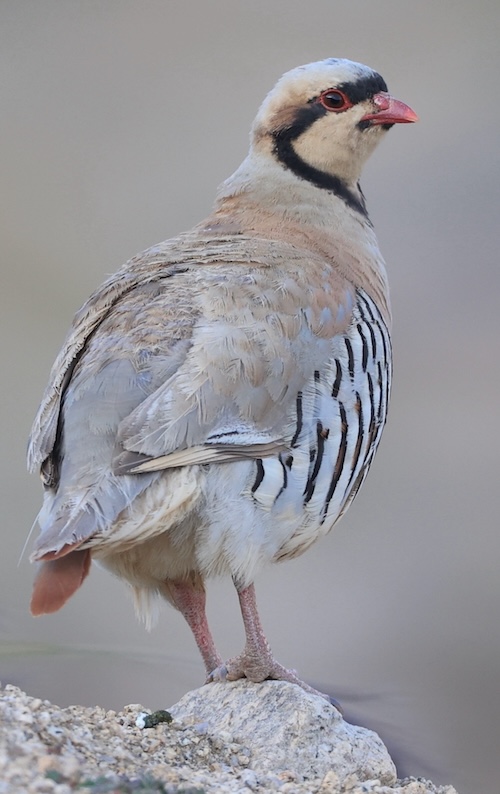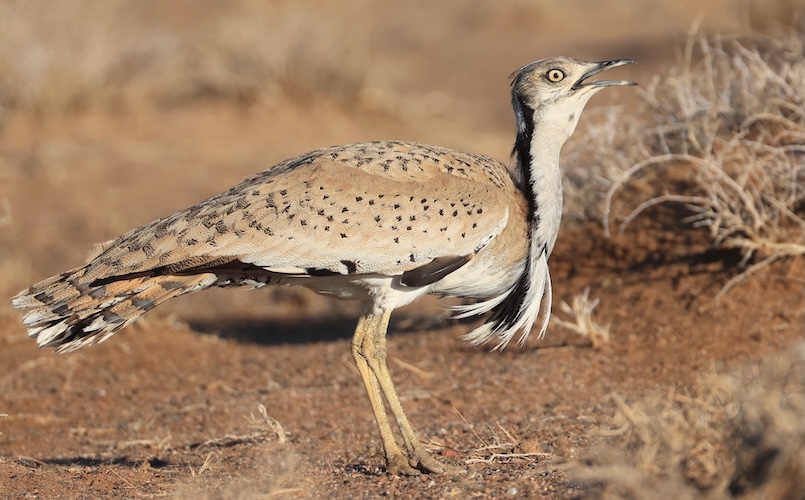Punjab

Punjab is a state in northwest India. The Indian state borders the Pakistani province of Punjab to the west, the Indian states of Jammu and Kashmir to the north, Himachal Pradesh to the northeast, Haryana to the south and southeast, Chandigarh to the southeast and Rajasthan to the southwest. The total area of the state is over 50,000 km2 (c.19,500 square miles). The population is approaching 31 million people. The people that live in the state of Punjab are known as Punjabi. Punjab’s capital is Chandigarh, which is administered separately as a Union Territory since it is also the capital of neighbouring Haryana. Other major cities of Punjab include Ludhiana, Amritsar, Patiala and Jalandhar. The Indus Valley Civilisation, which was one of the world’s first and oldest civilisations, was centred around Punjab.
The Indian Punjab historically forms a part of the larger Punjab region, which includes some parts of Afghanistan, the Pakistani province of Punjab and the North-West Frontier Province, the Indian states of Haryana and Himachal Pradesh, parts of J&K and Delhi and the Union Territory of Chandigarh. Indian Punjab was split in three leading to the formation of Haryana and Himachal Pradesh.

MacQueen’s Bustard Chlamydotis macqueenii – ©Bird-Photo-Tours ASIA
Agriculture is the largest industry in Punjab, and the state is the largest single provider of wheat to India. Punjab is considered to have the best infrastructure in India, this includes road, rail, air and river transport links that are extensive throughout the region. Punjab also has the lowest poverty rate in India, and the lowest level of hunger.
Most of the Punjab is an alluvial plain, bounded by mountains to the North. Despite its dry conditions, it is a rich agricultural area due to the extensive irrigation made possible by the great river system traversing it. Punjab region temperature range from -2° to 40°C, but has reached 47°C in summer and can drop down to as low as -5°C in winter.
Birding Punjab
Punjab has a range of habitats that are attractive to different bird species. From the Bodies of water such as Khanpur Lake, wetlands like Rasul Barrage, woodlands such as Changa Manga Forest, where one can see woodpeckers and barbets, or Hiran Minar, which echoes with the calls of peafowls. Ravi Riverfront is good for winter migratory birds. Raptors might be seen soaring almost anywhere and even urban gardens are great for many species like Plum-headed Parakeets. Punjab hosts a remarkable variety of birds. Whether exploring the wetlands, forests, or open fields, birds abound.

Harike Wetland – ©Jaypee, CC BY-SA 4.0 via Wikimedia Commons
Undoubtedly one of the top birding localities is Harike Wetland, the largest wetland in northern India, in the Tarn Taran Sahib, it is found at the confluence of the rivers Beas and Sutlej. The wetland and Bird Sanctuary is home to migratory birds visiting from as far afield as the as Arctic and Siberia. Spread over an area of about 40 km2, it is one of the largest wetlands in northern India and an important birding destination for its diversity of bird species. Key bird species include: Jerdon’s Babbler in the dense reed-beds and tall grasslands. Striated Grassbird, a large noisy conspicuous warbler, that is often found sitting and calling exposed on tops of grasses, bushes, and telephone wires. Streaked Weaver: Although not as common as the Baya Weaver, the Streaked Weaver is quite similar in appearance, with the exception of streaked underparts that give this bird its name. They nest in small colonies, often in reed beds near water bodies. Apart from these special species, there is a range of other waterbirds, including herons, egrets, ibises, and cormorants.
-
Wikipedia
GNU Free Documentation License
https://en.wikipedia.org/wiki/Punjab,_India
-
Number of bird species: 668
(As at June 2024)State Bird: Eastern Goshawk Accipiter gentilis
-
Avibase
PDF ChecklistThis checklist includes all bird species found in Punjab , based on the best information available at this time. It is based on a wide variety of sources that I collated over many years. I am pleased to offer these checklists as a service to birdwatchers. If you find any error, please do not hesitate to report them. -
BUBO
ChecklistThis checklist includes all species that have been reported in Punjab in eBird, but updated to IOC taxonomy, together with the likelihood of seeing each species for each month of the year. -
Chandigarh Bird Club
ChecklistList of birds in the ISCR with links to their photographs -
India Biodiversity Portal
ChecklistChecklist of Birds of Punjab -
eBird
PDF Checklist267 species (+38 other taxa) - Year-round, Current year
-
Threatened Flora & Fauna of Punjab
| By Jatinder Kaur Arora & Gurharminder Singh | Bishen Singh Mahendra Pal Singh | Hardback | 2022 | 88 pages, 100+ colour photos | ISBN: 9789394991231 Buy this book from NHBS.com
-
Punjab Bird Fest
Facebook Page3rd edition of Punjab bird fest 2021 held at ropar
-
Chandigarh Bird Club
WebsiteChandigarh Bird Club® is a registered organisation formed by a group of local birdwatchers. The idea is to record the local avifauna, its habitats and help make the residents of Tri-City aware of birds in our region and protect them. -
Chandigarh Bird Club
Facebook PageA unique group for city Bird watchers, Bird photographer, Ornithologist - to promote birding-bird watching - share information regarding birds of city and nearby areas - create awareness in citizens about importance of birds in overall environment - to identify different species of birds with help of this group -
Punjab Bird Club
Facebook Page -
Punjab Wildlife & Parks Department
WebsitePunjab’s skies are alive with the enchanting melodies and vibrant hues of its diverse bird species.
-
*Wildlife sanctuaries
WebpageSatellite ViewThere are 12 wildlife sanctuaries duly notified in the State. The total area under these sanctuaries is 32,370.64 ha out of which 13,720.64 ha belongs to Government area and the rest 18,650.00 ha belongs to private area consisting of 13 “Bishnoi” villages comprising the Abohar Wildlife Sanctuary. The important features of these Sanctuaries (Protected Areas) are briefly described as below -
BS WII Harike Lake & Wetland Sanctuary
InformationSatellite ViewHarike Bird Sanctuary, in Punjab is a large wetland created on the River Sutlej. This shallow water body attracts large numbers of wintering waterfowl (c.200 species) and is home to many specialties. Birds like the White-crowned Penduline Tit, Indian Skimmer, Yellow-eyed Pigeon, Rufous-vented Prinia and Sind Sparrow can be found here. Harike was designated as a Ramsar site in March 1990 and has been identified as one of the sites for conservation under the Indian National Wetland Programme… -
BS WII IBA Sukhna Lake - Chandigarh
InformationSatellite ViewSukhna is a sanctuary for many exotic migratory birds like the Siberian duck, storks and cranes, during the winter months. The lake has been declared as a protected national wetland by the Government of India. -
WS Bir Gurdialpura
WebpageSatellite ViewJust like the diverse flora of the Bir Gurdialpura Sanctuary there is a rich fauna of this place as well. Some of the species of the fauna of Bir Gurdialpura Sanctuary are also endangered. Animals that form a part of the fauna at the Bir Gurdialpura Wildlife Sanctuary are jungle cat, hare, blue bull, peafowl, jackal, parakeets, black buck, etc. Some of the endangered animals that are found in this sanctuary include otter, pangolin, python and river dolphin. There is also a zoo and a deer park in this region which provides shelter to various kinds of animals. Hog deer, red jungle fowl, spotted owl, etc are some of the other members of the fauna at Bir Gurdialpura Sanctuary -
WS Jhajjar Bachauli
InformationSatellite ViewThis Sanctuary is situated 15 Km. from Anandpur Sahib city in the Government forest area of District Rupnagar. It has an area of 116.00 ha (i.e. 289 acres of which 218 acres area belongs to Village Jhajjar, 55 acres to village Bachauli and 16 acres to village Lamlehri). -
WS Nangal Wildlife Sanctuary
WebpageSatellite ViewThis sanctuary is located on the 24 km from Sri Anandpur Sahib city in Ropar. This sanctuary is spread over 715.83 Acre. -
WS Takhani Rehmanpur
ReviewSatellite ViewCool place for a short trip, Takhni-Rehmapur Wildlife Sanctuary offers wide array of animals...
-
eBird
Sightings
-
Asian Adventures
Tour OperatorHarike Wetland, located in the Indian state of Punjab, is a haven for birdwatchers and nature enthusiasts. Spread over an area of 41 sq km, it is one of the largest wetlands in northern India and an important birding destination. The wetland is created by the confluence of the Beas and Sutlej rivers and is home to a diverse range of bird species. Here are some of the key bird species you can expect to see while birdwatching in Harike. -
Bird Tour Asia
Tour OperatorPunjab, Rajasthan, Gujarat and Maharastra with optional post-tour extension for Orange Bullfinch -
BirdQuest
Tour OperatorBirdquest’s Northwest India birding tours are the ‘alternative Northern India’ birding tours we pioneered and which take in an extraordinary array of wonderful speciality birds as we journey through the Indian states of Uttar Pradesh, Rajasthan, Punjab, Gujarat and Maharashtra. -
Harike Bird Sanctuary Tour
Webpage
-
Ritz Plaza Hotel Amritsar
AccommodationThe hotel's 50 rooms and suites are spread over an aristocratic 2 acres on Mall Road, Amritsar's very elite locale. Ritz Plaza has many firsts to its credit - being the first centrally air-conditioned hotel in Punjab. In its own history it has hosted a galaxy of who's who, including a visit by the Queen of England
-
Status of Punjab Wetlands
ArticleWetlands provide habitat for a wide variety of plants, invertebrates, fish, and larger animals, including many rare, threatened, or endangered species. The plants and animals found in wetlands include both those that are able to live on dry land or in the water and those that can live only in a wet environment…
-
Birds of Chandigarh
BLOGLast updated 2010 - Sightings of birds posted on birds-chandigarh google group will be uploaded on this blog for future reference. Others items will include trip reports, list of wildlife sanctuaries and national parks, birding hotspots, conservation measures being taken etc.

